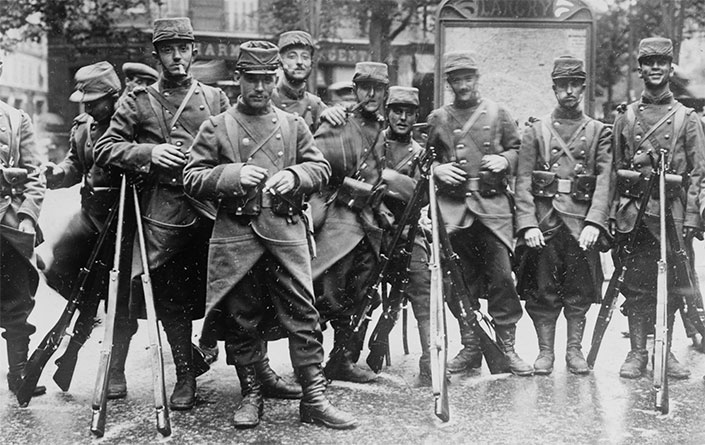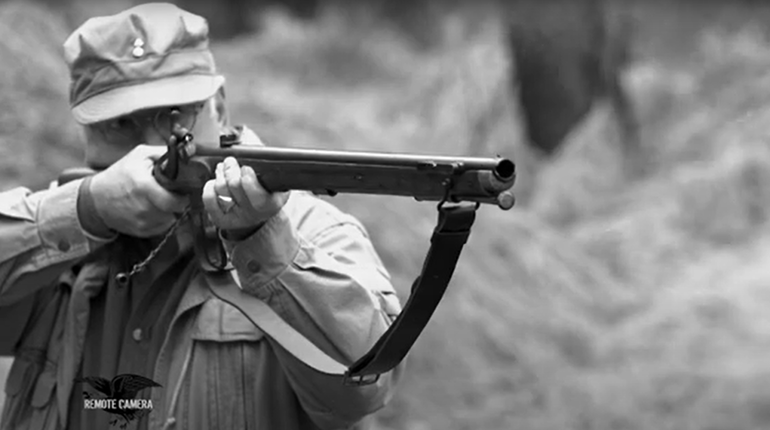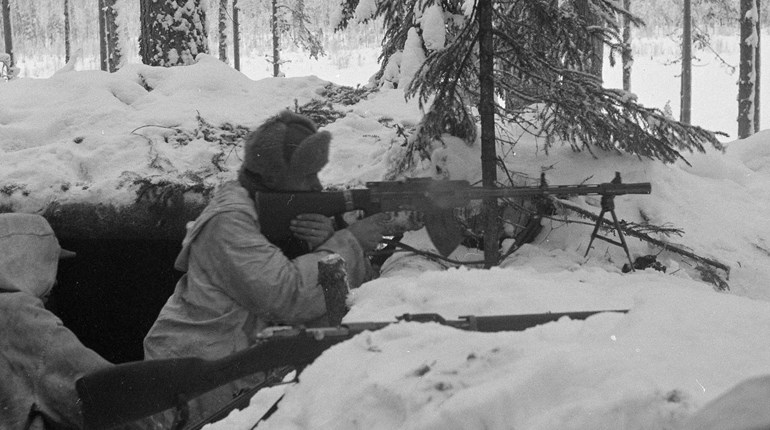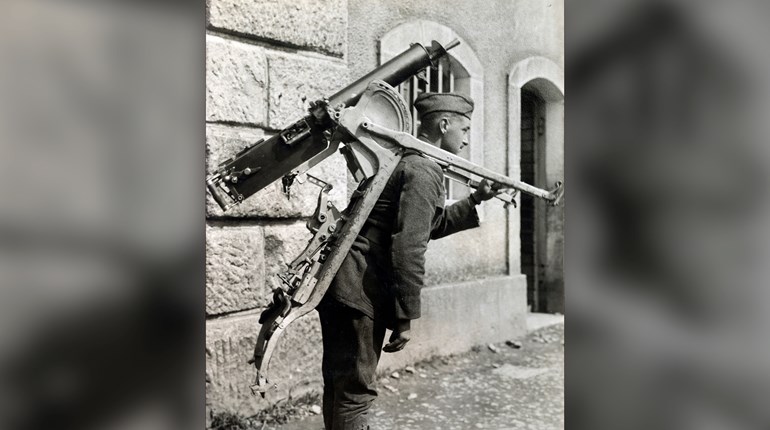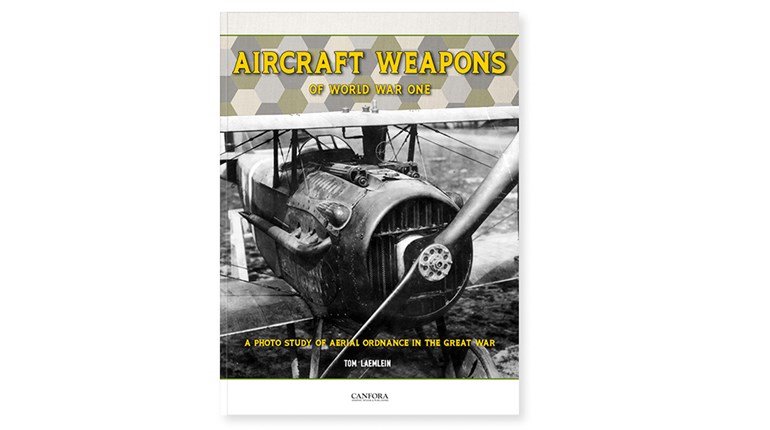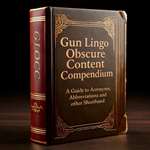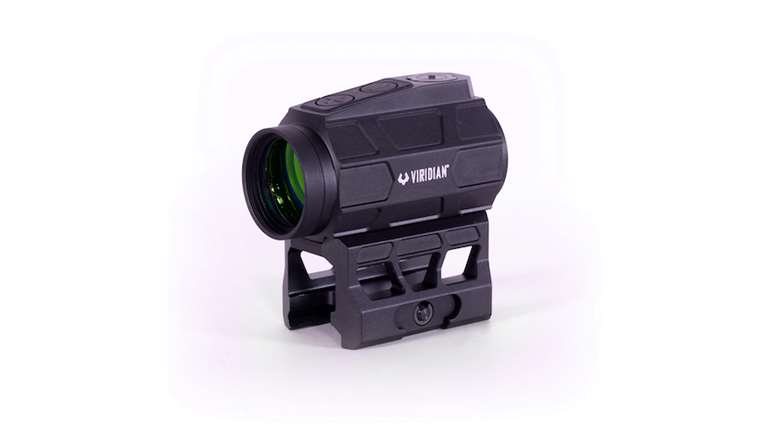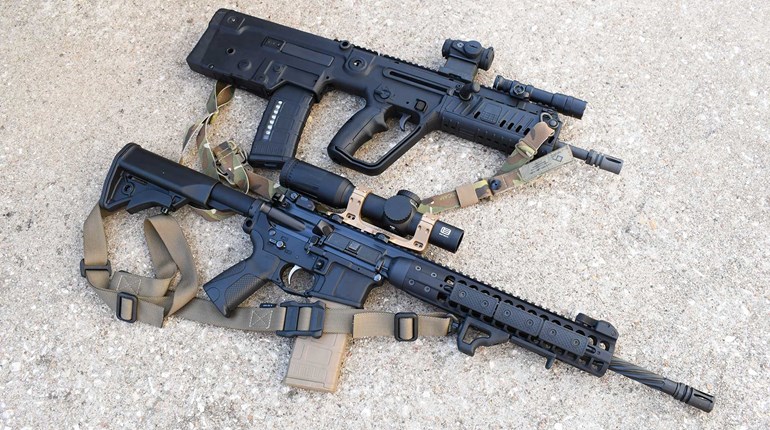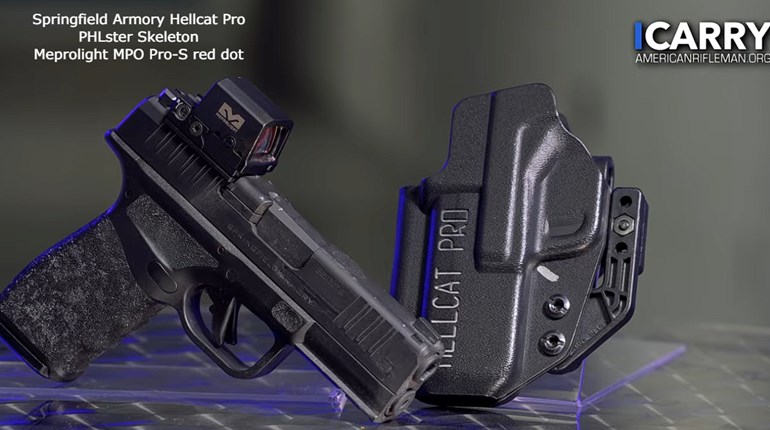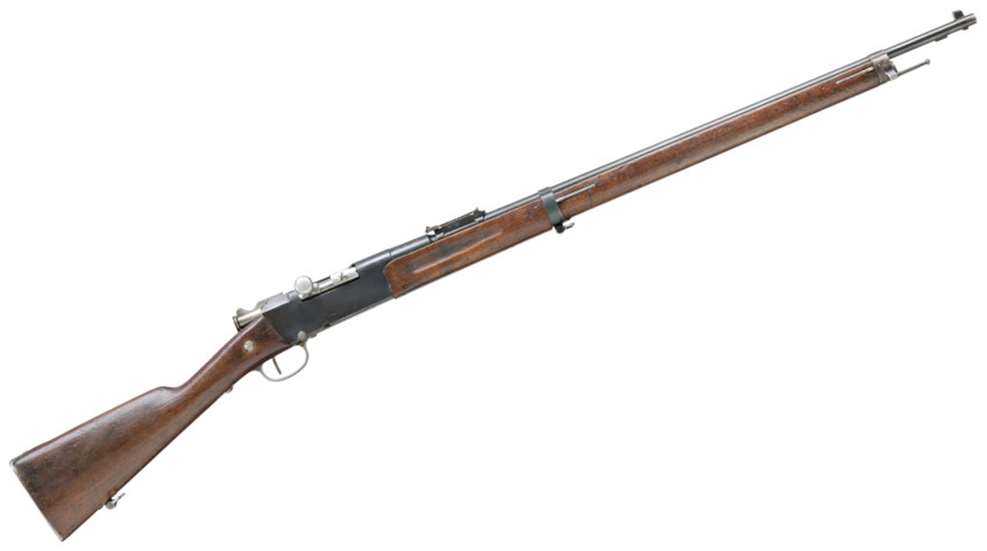
After being defeated by the Prussians, the French initiated a series of domestic reforms—everything from road building to the standardization of the language—the objective of which was to create a stronger nation. The military also sought to modernize, and a new service rifle was on the list of projects. During the war with Prussia, both sides armed their troops with single-shot, needle-fire rifles that used paper cartridges, but soon after that war’s conclusion, Imperial Germany adopted a new single-shot rifle designed by Mauser and chambered for a rimmed brass cartridge.
This innovation introduced the centerfire, black-powder cartridge to Europe and demonstrated its clear superiority to the old paper cartridges used in the needle guns. France acted quickly by converting its Fusil Modèle 1866 “Chassepot” needle rifle to fire 11x59 mmR, a cartridge similar to the one used by the new German rifle. It was known as the Fusil Gras Modèle 1874 and it was an effective service rifle, albeit a stopgap measure.
What the French wanted, though, was a magazine-fed repeater, and a step was taken toward that goal in 1878, when the Navy adopted a rifle combining the Austrian Kropatschek tubular-magazine system with the Gras. It was a powerful proof-of-concept that demonstrated the feasibility of a tubular magazine-fed rifle chambering a full-power, blackpowder centerfire cartridge. But, something revolutionary was about to happen.

In 1884, a French chemist named Paul Vieille invented Poudre B—a smokeless, nitrocellulose-based propellant powder that was ahead of its time. Then, Nicolas Lebel designed a version of the 11×59 mmR Gras blackpowder cartridge that was necked-down to accommodate the new 232-grain, jacketed, flat-nose 8 mm Balle M bullet. Because of its longer range and flatter trajectory, Lebel’s new 8x50 mmR set a standard that would define the modern service cartridge. Next, an equally innovative service rifle was needed to fire it.
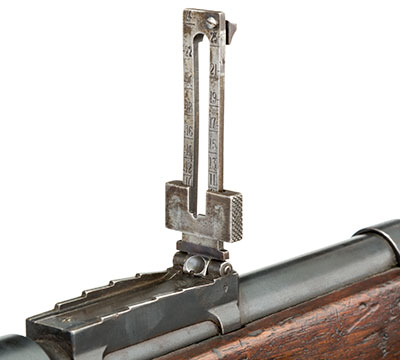
That design soon arrived in the form of a bolt-action rifle feeding from an eight-round-capacity, Kropatschek-type tubular magazine adopted as the Fusil Modèle 1886. Also known as the Model 1886 Lebel, this rifle used a cock-on-open bolt with two symmetrically opposed locking lugs that were necessary to contain the increased pressures associated with smokeless powder. The rear-sight assembly was ramp-adjustable out to 2,400 meters. For a 250-meter battle sight, the ladder folded toward the muzzle.
After the Model 1886 Lebel went into service with the French Army in 1887, it quickly became apparent that the rear-sight assembly needed strengthening. In addition to that, a critical safety hazard had to be addressed. Field experience with ruptured cartridge cases revealed the need for a gas shield on the bolt to protect the shooter’s face. Two design modifications corrected these issues, and the rifle became the Fusil Modèle 1886 Modifié 93. This gave the French a design rivaling the Mauser in use at the time. Three government arsenals were charged with producing the Modèle 1886 M93: Tulle, Châtellerault and St. Etienne.
Five years later, it was the cartridge’s turn to evolve. In 1898 the French replaced the flat-nose Balle M bullet with a Spitzer-type boattail jacketed bullet called Balle D, further increasing muzzle velocity and range. It also became necessary to modify the 8x50 mmR cartridge casing by introducing an annular rebate around the primer pocket. This rebate was designed to trap the pointed tip of the Spitzer bullet and prevent ignition of cartridges in the magazine.
In this combination—Modèle 1886 M93 Lebel rifle and 8x50mmR cartridge with the Balle D bullet—the Lebel rifle reached its zenith. It was first used in combat during the Boxer Rebellion and then went to war in 1914. It helped bring about the “Miracle of the Marne” and it was there through all 10 months of blood and suffering at Verdun. One hundred years ago, it was fighting the closing battles of the Great War.
Although the Lebel rifle was technically innovative, its 51.2-inch overall length made it less-than-ideal for all roles. Since the rifle’s tubular-magazine design could not be readily converted to a cavalry or engineer’s carbine, the French adopted the Berthier carbine in 1892. Existing Lebel rifles were eventually converted into two different carbines—one in the new French 7.5x54 mm rimless cartridge (the Modèle 1886 M27) and the other in 8x50 mmR (the Modèle 1886 M93 R35).
France paid a heavy price for victory in that conflict with 1,150,000 killed in action before the armistice of Nov. 11, 1918. French soldiers by the millions carried the 9.7-pound Lebel rifle—the first smokeless-gunpowder military rifle of them all.
